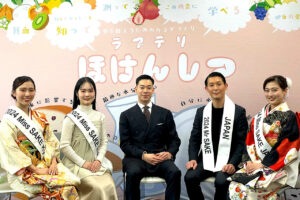
PR
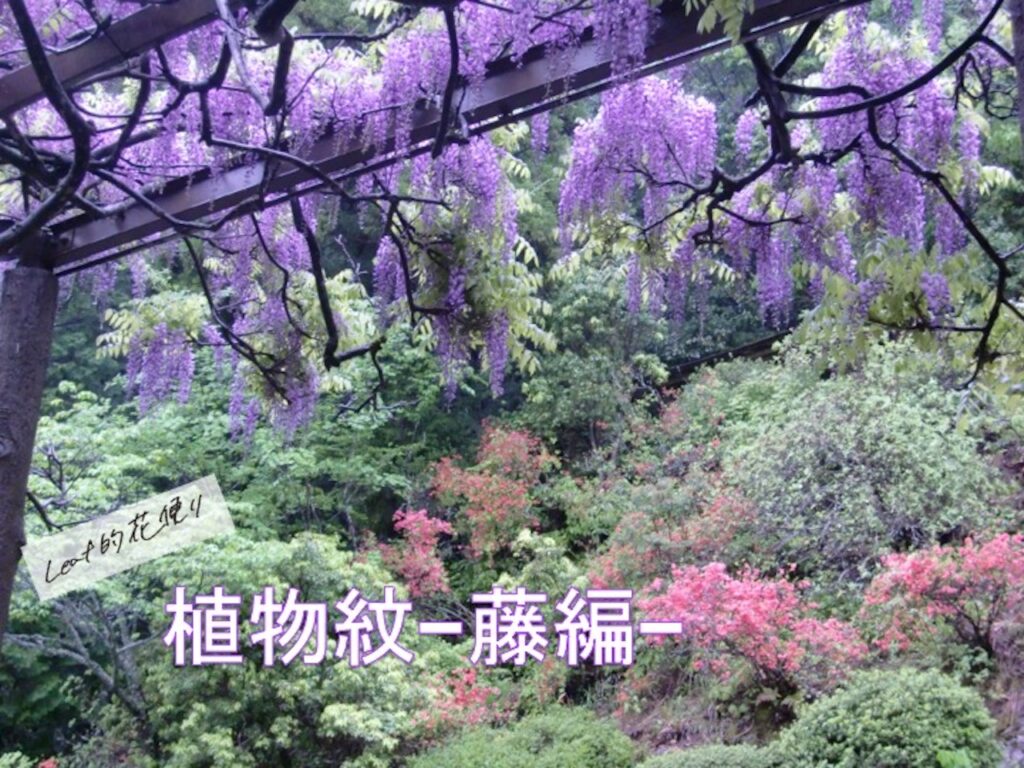

Founded on Oka, where the gods gathered, as the guardian deity of Heian-kyo
It was founded in 859, after the relocation of the capital to Heian-kyo, at the foot of Mount Yoshida (also known as Kaguraoka) by the chunagon Fujiwara no Yamagagego as a guardian deity of Kyoto. Since then, the shrine has been revered by the imperial family, and during the Muromachi period (1336-1573), the priest Yoshida Kanefusa spread Yoshida Shinto. The shrine has been worshipped by the imperial family ever since, and during the Muromachi period (1336-1573), the priest Yoshida Kenkutsu spread Yoshida Shinto. Mr. Minonishi, the chief priest, told us. The deities dedicated to the main shrine include Takemikazuchi no Mikoto, who is said to ward off bad luck and bring good fortune, and other pillar deities who are said to be beneficial for academics and conjugal harmony. Yoshida Shrine worships the same deity as Kasuga Taisha Shrine. Deer are used as messengers of the god, and we used to keep deer on the shrine grounds. A statue of a deer sits on the shrine grounds, watching over worshippers with kind eyes.
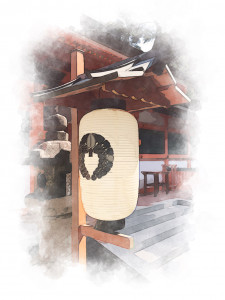

Note the rare wild wisteria, a crest representing the glory of the Fujiwara clan.
The wisteria crest originated with the powerful Fujiwara clan in the Heian period (794-1185). The wisteria flower is a graceful and fertile plant, and it is said that it became popular because of its significance as a symbol of the prosperity of the Fujiwara clan. The Yoshida Shrine's crest is also named after its founder, Yamagage Hyogo. The crest can be seen on the curtain that hangs over the main shrine building and on the lanterns on either side of the shrine. In fact, there are wisteria flowers growing wild near the shrine. If you look to the right with the main shrine building in front of you, you will be able to see the flowers entwined in the trees.
The best time to see the wisteria is usually from May. It is also rare to see wisteria growing quietly in the wild, rather than on a wisteria trellis.
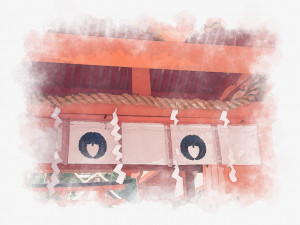

The Keystone of Yoshida Shintoism: Benefits of the Octagonal Hall of the Grand Palace
If you visit Yoshida Shrine, you must stop by Saibasho Daimonomiya Shrine. It is said that if you visit the shrine, you will receive the same benefits as if you had worshipped at all the shrines in Japan. The deity enshrined here is the very first deity born out of chaos. This is the reason why it is said that you have worshipped the parent deity of all the deities in the country. In fact, there are shrines with small doors surrounding the Daimonomiya Shrine, and each door is dedicated to a deity from all over Japan. It is a very nice system that allows people to visit the shrine remotely, which is very welcome in these days when it is difficult to travel to distant places.
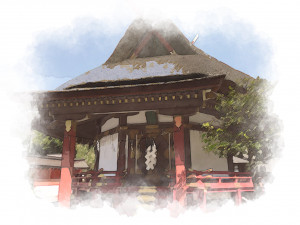

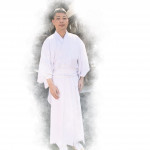
Takamasa Minonishi, Gonnegi

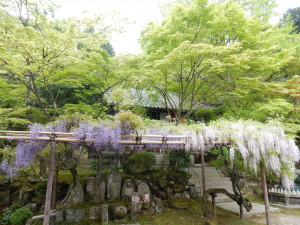

Best viewing spot #1
[White and purple wisteria
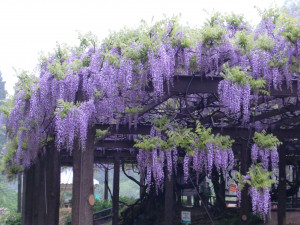

Best viewing spot #2
[Sainokami no Wisteria Park] Beautiful wisteria that is 1,200 years old
Family crests, which have been used as symbols of family status, and crests unique to shrines and temples, called kamon or temple crests, originated in the Heian period (794-1185) when court nobles added crests to their furnishings and personal belongings as landmarks.
There are currently more than 240 types, the most common of which are botanical crests with flower and leaf motifs, rich in plants of all four seasons.
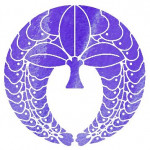

Over 600 interviews per year! An order site carefully selected by the editors who knows Kyoto and Shiga.
nowOfficial LINE friend registration500 yen OFF coupon is being issued!
Distributed every Friday morning at 8:00 am! From new restaurant information to event information that we want to share with you, We deliver articles about Kyoto that are useful to know. About 20,000 people have registered.Click here to add a friend!
 News
News Feature article
Feature article Featured event
Featured event